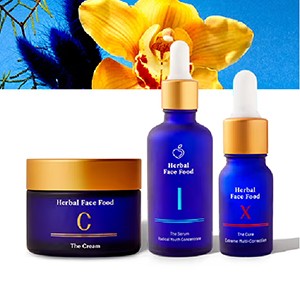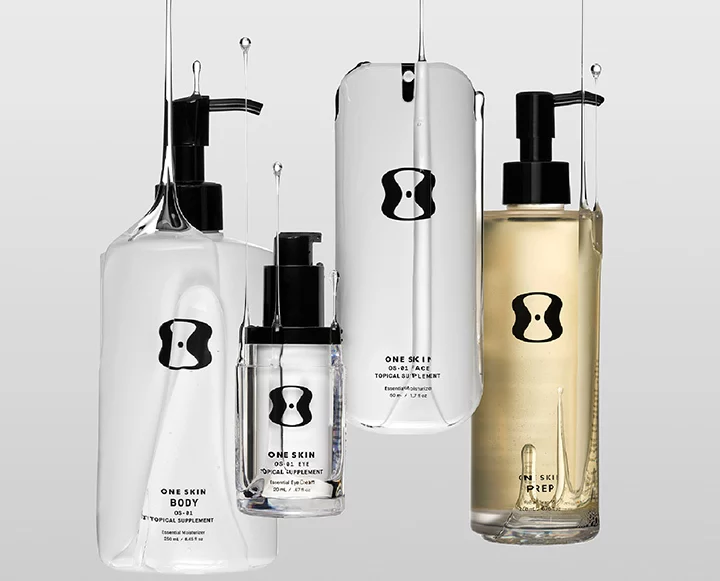Phthalates are banned in many parts of the world, but not yet in the U.S. We’re grateful that many brands we love are pulling this “plasticizer” from it’s products, and are breaking down the whats and whys below. We’re continuing to expose ingredients you should toss in our Toxic Timeout series. Amy Ziff of MADE SAFE is showing us where phthalates hide – from nail polish to food packaging – and why it is so essential to lessen our exposure…
What are They? Phthalates are a common class of chemicals used in consumer products, often as a plasticizer to make something less brittle. They can be found in vinyl flooring, rain coats, cosmetics and nail polish. Some notable phthalates include dibutyl phthalate (DBP), used in nail polish; di-2-ethylhexylphthalate (DEHP), used in eyelash glue; and diethyl phthalate (DEP), used in fragrance.
In personal care and household items, phthalates are common fragrance ingredients used as carriers to help make the scent linger. In materials like PVC, plastic and food packaging, phthalates are commonly added to make something flexible. Because these chemicals are not tightly bound to the other molecules in the plastic, they often “migrate,” moving from the plastic and finding their way into our bodies.
What’s the Concern? Phthalates have been linked to a wide array of health problems, including endocrine disruption (both developmental and reproductive toxicity), as well as childhood asthma. According to Women’s Voices for the Earth’s “What’s That Smell” report, phthalate exposure in males has been linked to lower sperm counts and altered sperm quality, and in females, exposure can affect thyroid levels and alter thyroid function. These chemicals have been banned from cosmetics in the European Union, and some phthalates were banned from children’s toys in the U.S. in 2008. Unfortunately, phthalates are still so commonly used in U.S. products that studies show that these chemicals are present in the urine of 99% of people tested.
How to Avoid Them: Phthalates can be hard to avoid in fragranced products, as most labels will simply list “fragrance” and keep secret the ingredients that make up that fragrance. Reduce your use of fragranced products where possible and opt for products that disclose all fragrance ingredients on the label, sourcing scent only from pure essential oils. Read labels on nail polishes and avoid ones that list DBP as an ingredient. Reduce your use of plastic products. Many foods are actually encased in plastic, from cereals to cracker pouches. Try and eat less food packaged in plastics. Write your favorite food companies and tell them you want phthalate-free packaging. Never microwave plastic, as high heat allows chemicals to leach from the plastic into the food or liquid inside. Look for the MADE SAFE seal, which doesn’t allow phthalates into certified products.












